Challenge
Since 1988, Ted Baker has grown steadily from its origins as a single shirt specialist store to a global lifestyle brand for menswear, womenswear and accessories. The firm has 360 stores and concessions worldwide, as well as a diverse range of manufacturing and distribution centers.
The network infrastructure is the platform for all of Ted Baker’s business processes and supports a diverse mix of on-premises and hybrid cloud applications and services from HP, AWS, Cisco, VMware, and many others. It’s up to the organization’s IT team to ensure that the global retailer’s most critical operations remain up and running at their best. However, its sprawl of legacy monitoring tools could not provide the timely, accurate insight that IT required.
“My role is to deliver accountability for the performance of everything we have in production, from our website to our warehouse integrations to our enterprise resource planning (ERP),” says Stuart Carrison, Head of IT at Ted Baker. “When I joined the organization, there was a lot of manual reporting going on. To consolidate and present information about the health of the network, our staff required a lot of time working with spreadsheets.”
The Ted Baker IT team had been utilizing multiple tools, each with their own separate interfaces and commands, to discover and respond to issues on its applications, devices, and web services. It was also difficult to gain insight into how IT mapped to specific business processes like the rates of online order fulfillment and store volume. The company was seeking a single platform solution that could increase visibility across teams and deliver better insights not only into the health of IT elements but business operations as well.
Solution
After considering a variety of options, Ted Baker deployed automated hybrid infrastructure monitoring and analytics solution by LogicMonitor. LogicMonitor was the only platform that provided support not only for granular monitoring with visualization, alerting, and escalation capabilities but can also be extended to business systems across departments to provide visibility into overall services.
“As with all enterprise procurement projects, we built a set of requirements around what we wanted from our monitoring platform: a single place to do the nuts and bolts of monitoring, as well as a single place for follow-ups and alerting,” says Carrison. “We didn’t find another product that had all of that in one package.”
With LogicMonitor, Ted Baker can take advantage of centralized, dashboard-based forecasting, alerting, and reporting, to gain confident visibility into IT performance across sites around the globe.
“The key differentiator in LogicMonitor is that we can follow the sun and escalation chains around alerting,” says Carrison. “Now we have a single monitoring platform worldwide that we configure based on when people are awake. For example, instead of getting a UK engineer out of bed in the middle of the night to handle an issue, we can alert someone in America. This SaaS monitoring platform lets everyone in IT and in the business see a common set of data, as well as alerts—in the same way.”
Now we have a single monitoring platform worldwide that we configure based on when people are awake. For example, instead of getting a UK engineer out of bed in the middle of the night to handle an issue, we can alert someone in America.
Stuart Carrison Head of IT, Ted Baker
Benefits
With LogicMonitor in place, Ted Baker can take advantage of not just IT infrastructure monitoring, but a rich set of alerting and visualization tools that make it easy to share information and solve problems faster ultimately resulting in more informed and connected teams.
“In the old days I used to have to buy a monitoring suite, visualization tool, and alerting tool,” said Carrison. “For me, LogicMonitor has brought those three things together with cherries on top, and really changed the way we perceive monitoring. It has been a kind of almost mythical platform.”
LogicMonitor also helps the retailer better understand the relationships between its IT systems and business processes, to become a more data-driven organization.
“One of the things we do with LogicMonitor that is unique is that we provide information to the business about how the business is performing; not just about how IT is performing,” says Carrison. “For example, we can quickly determine how many orders on our website did not reach the warehouse. We can see how long an order has sat in the warehouse waiting to be dispatched.” The goal is to optimize team efficiency and help departments exceed performance targets
LogicMonitor’s close integration with supply chain and ERP systems also enables Ted Baker to confirm whether stores in different locations are hitting their revenue targets—and take action when they are not. The team uses LogicMonitor dashboards in their contact center to show call queues, including call country of origin and language, and the number of customer support tickets open. This data allows Ted Baker to further optimize contact center staff efficiency for seasonal events including Black Friday, delivering increased team productivity and better customer care.
“Not only do we use the alerting platform to advise IT when a system is down; we also use it to alert the marketing team when we are not hitting that sales target that we think we should be,” says Carrison.
Ultimately, LogicMonitor makes insight into network health more accessible, enabling IT to keep its business stakeholders more connected and better informed about the real-time performance of the organization.
“Executives and other business decision-makers no longer have to call IT to ask about the status of a specific service,” says Carrison. “They have the app on their phone, so they can check the status of an order or a process themselves. It not only gives the business a massive comfort level but has helped free up time for IT, enabling us to be more agile.”

